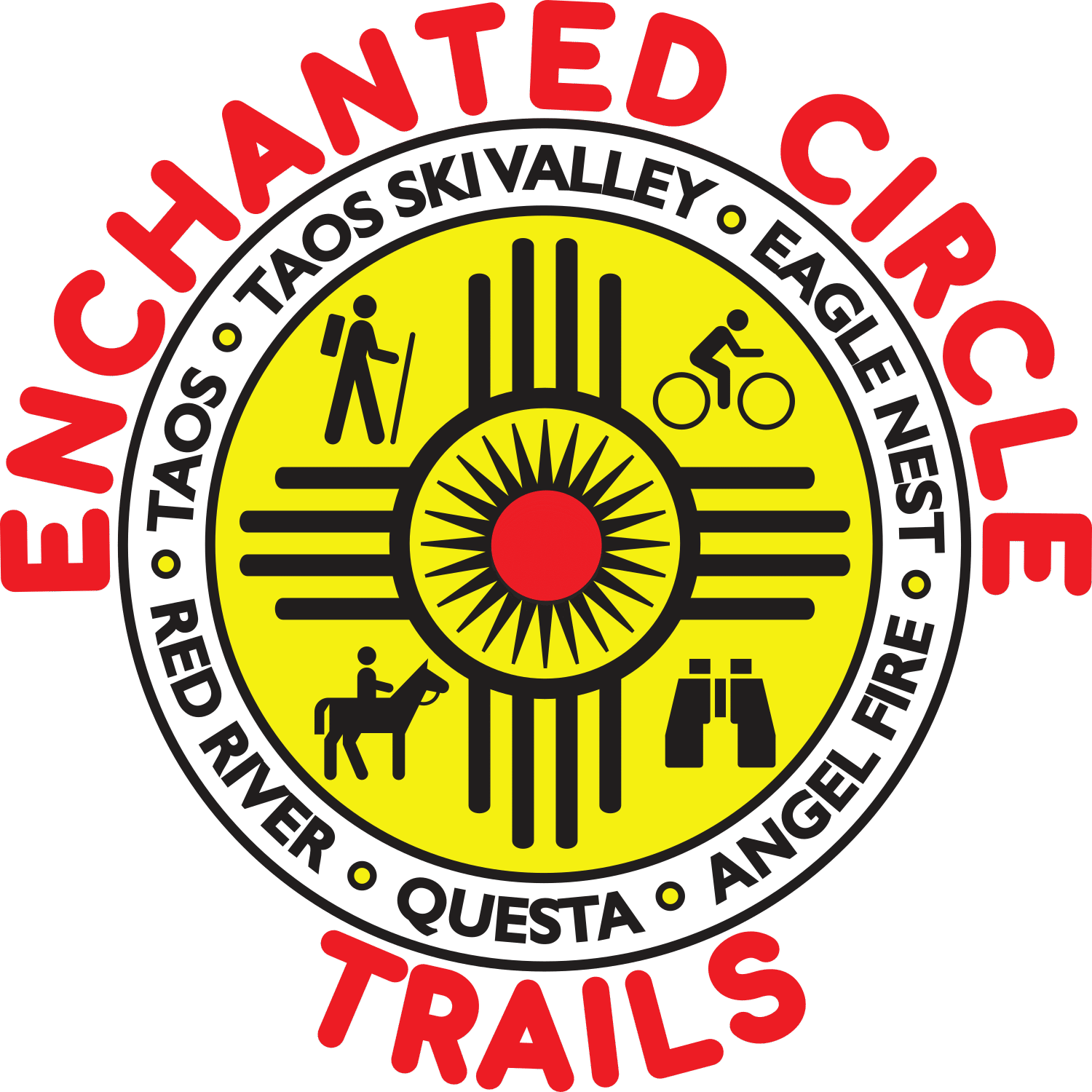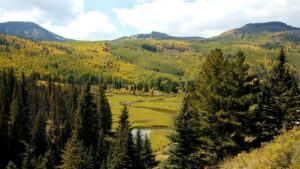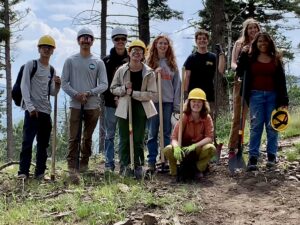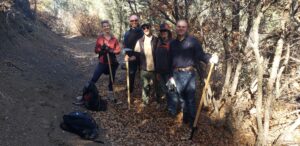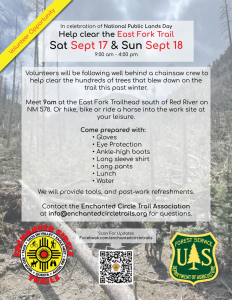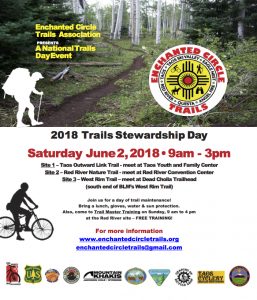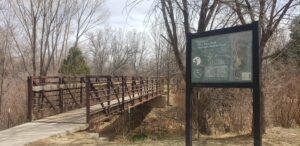With severe budget and personnel cuts at land management agencies, it’s more important than ever that we all do our part to keep our public lands clean and pristine. One way we can help is by practicing the Seven Principles of Leave No Trace (© Leave No Trace: www.LNT.org) when we’re out recreating on our public lands.
The Leave No Trace movement began in the 1960s and 1970s as outdoor recreation became more popular and land management agencies started to see more environmental degradation. In the late 1980s, the United States Forest Service and the National Outdoor Leadership School (NOLS) partnered together and formalized an educational curriculum. And in 1994 Leave No Trace, Inc. was created as an independent nonprofit to further expand the program’s educational reach.1
The Seven Principles of Leave No Trace provide simple suggestions for how we can recreate outdoors with minimal impact. The beauty of the information is that it can be applied anywhere, from remote wilderness areas to city parks and even your own backyard.2
Principle 1: Plan Ahead and Prepare 3
The Basics:
- Know the regulations and special concerns for the area you’ll visit
- Prepare for extreme weather, hazards, and emergencies
- Schedule your trip to avoid times of high use
- Visit in small groups and split larger parties into smaller groups
- Repackage food to minimize potential waste
- Use a map and compass to eliminate the use of rock cairns, flagging, or marking paint

Principle 2: Travel & Camp on Durable Surfaces 4
The Basics:
- Durable surfaces include established trails, campsites, rock, gravel, and dry grasses or snow
- Protect riparian areas by camping at least 200 feet from lakes and streams
- Good campsites are found, not made and altering a site is not necessary
In popular areas:
- Concentrate use on existing trails and campsites
- Walk single file in the middle of the trail, even when wet or muddy
- Keep campsites small and focus activity in areas where vegetation is absent
In undisturbed areas:
- Disperse use to prevent the creation of campsites and trails
- Avoid places where impacts are just beginning

Principle 3: Dispose of Waste Properly 5
The Basics:
- Pack it in, pack it out. Inspect your campsite and rest areas for trash or spilled food. Pack out all trash, leftover food, and litter. Burning trash is never recommended.
- Deposit solid human waste in catholes dug 6-8 inches deep at least 200 feet from water, camp, and trails. Cover and disguise the cathole when finished.
- Bury toilet paper deep in a cathole or pack the toilet paper out along with hygiene products
- To wash yourself or your dishes, carry water 200 feet away from streams or lakes and use small amounts of biodegradable soap. Scatter strained dishwater.
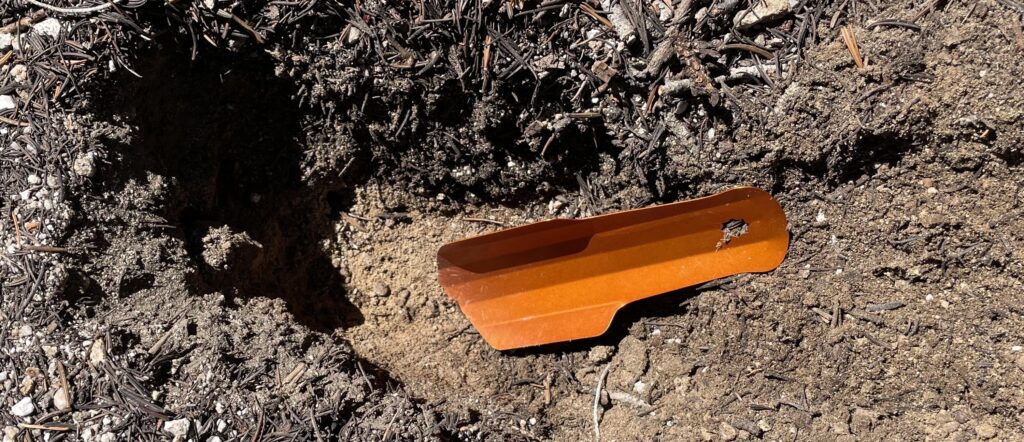
Principle 4: Leave What You Find 6
The Basics:
- Preserve the past: observe cultural or historic structures and artifacts, but do not touch them
- Leave rocks, plants, and other natural objects as you find them
- Avoid introducing or transporting non-native species
- Do not build structures, furniture, or dig trenches

Principle 5: Minimize Campfire Impacts 7
The Basics:
- Campfires can cause lasting impacts on the environment. Use a lightweight stove for cooking and enjoy a candle lantern for light.
- Use established fire rings, pans, or mound fires where fires are permitted
- Keep fires small. Use only sticks from the ground that can be broken by hand.
- Burn all wood and coals to ash, put out campfires completely, then scatter cool ashes
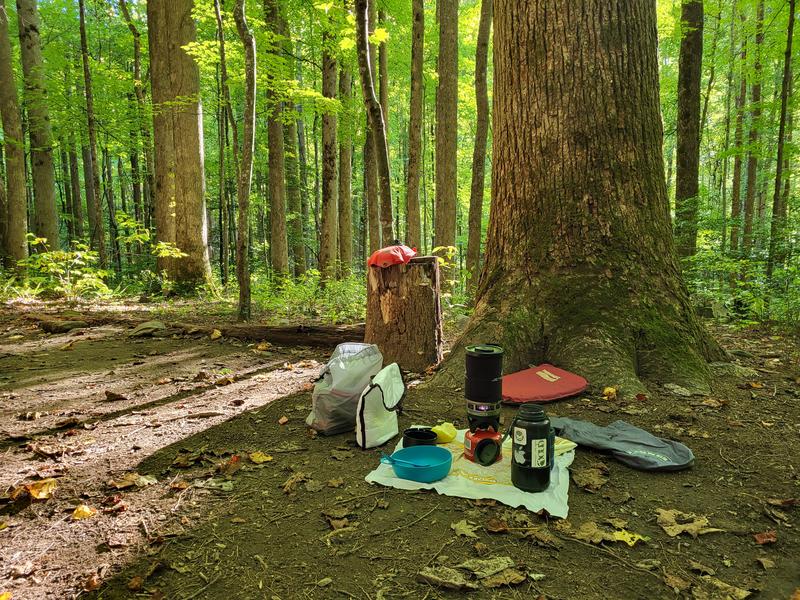
Principle 6: Respect Wildlife 8
The Basics:
- Observe wildlife from a distance, do not follow or approach them
- Never feed animals, feeding wildlife damages their health, alters natural behaviors, and exposes them to predators and other dangers
- Control pets at all times or leave them at home
- Avoid wildlife during sensitive times: mating, nesting, raising young, or winter
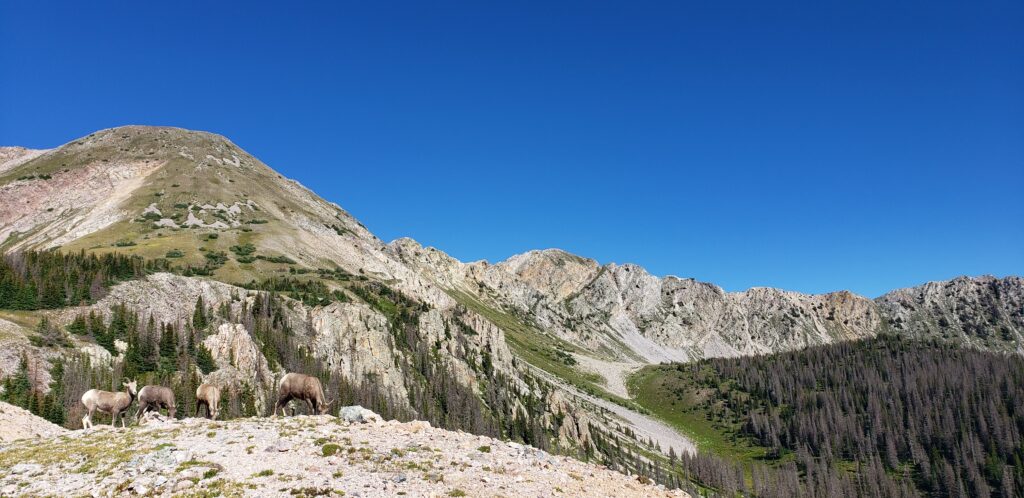
Principle 7: Be Considerate of Others 9
The Basics:
- Respect others and protect the quality of their experience
- Be courteous, yield to other users on the trail
- Greet riders and ask which side of the trail to move to when encountering pack stock
- Take breaks and camp away from trails and others
- Let nature’s sounds prevail, avoid loud voices and noises

Interested in Furthering Your Education?
The fun doesn’t have to stop here, Leave No Trace offers multiple free courses to further expand your knowledge and outdoor etiquette: Learn Leave No Trace.
Additional Resources
- The Leave No Trace Story – Leave No Trace Center for Outdoor Ethics
- 7 Principles – Leave No Trace
- Principle 1: Plan Ahead and Prepare – Leave No Trace Center
- Principle 2: Travel & Camp on Durable Surfaces – Leave No Trace
- Principle 3: Dispose of Waste Properly – Leave No Trace Center
- Principle 4: Leave What You Find – Leave No Trace Center
- Principle 5: Minimize Campfire Impacts – Leave No Trace Center
- Principle 6: Respect Wildlife – Leave No Trace
- Principle 7: Be Considerate Of Others – Leave No Trace
